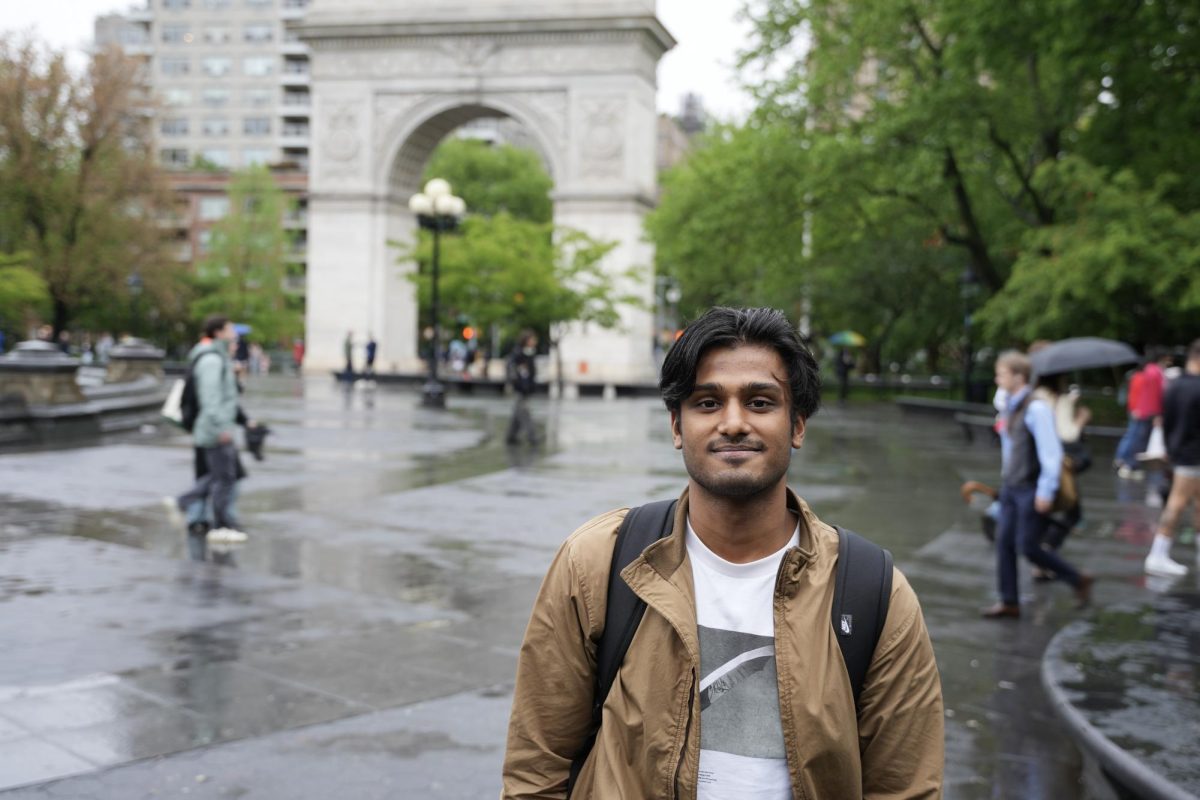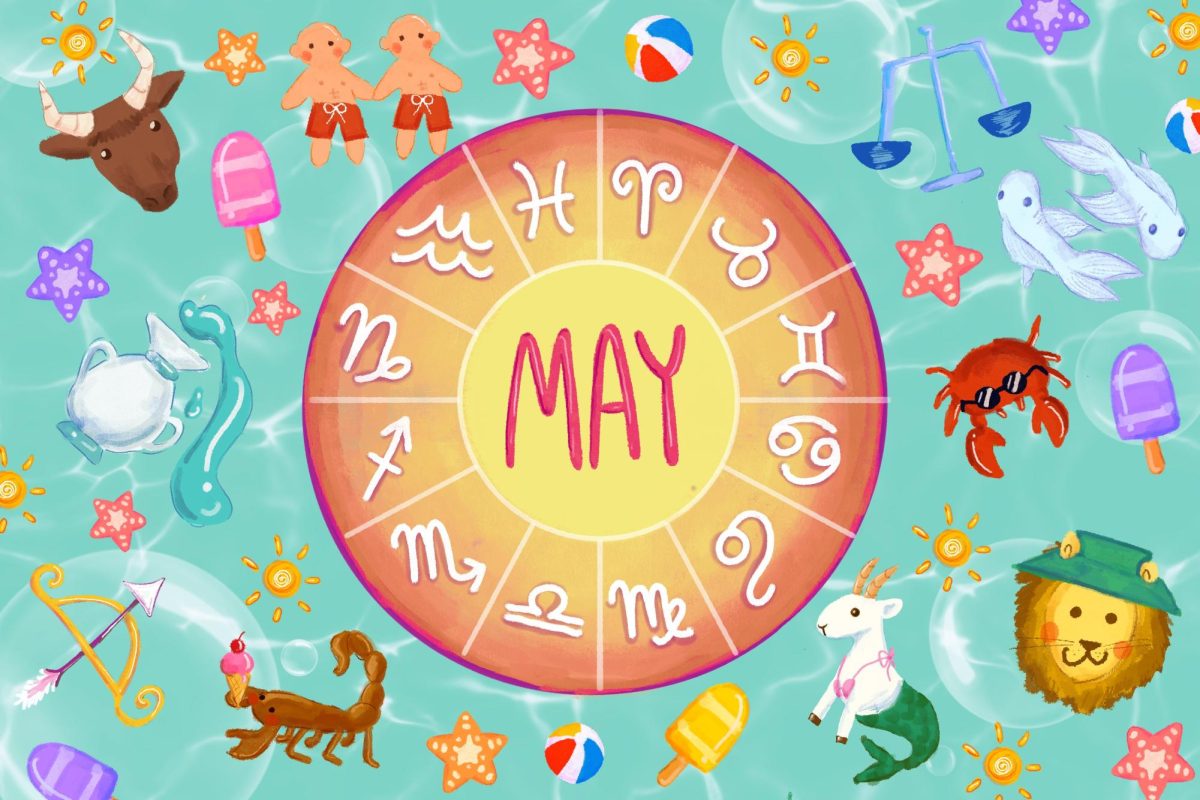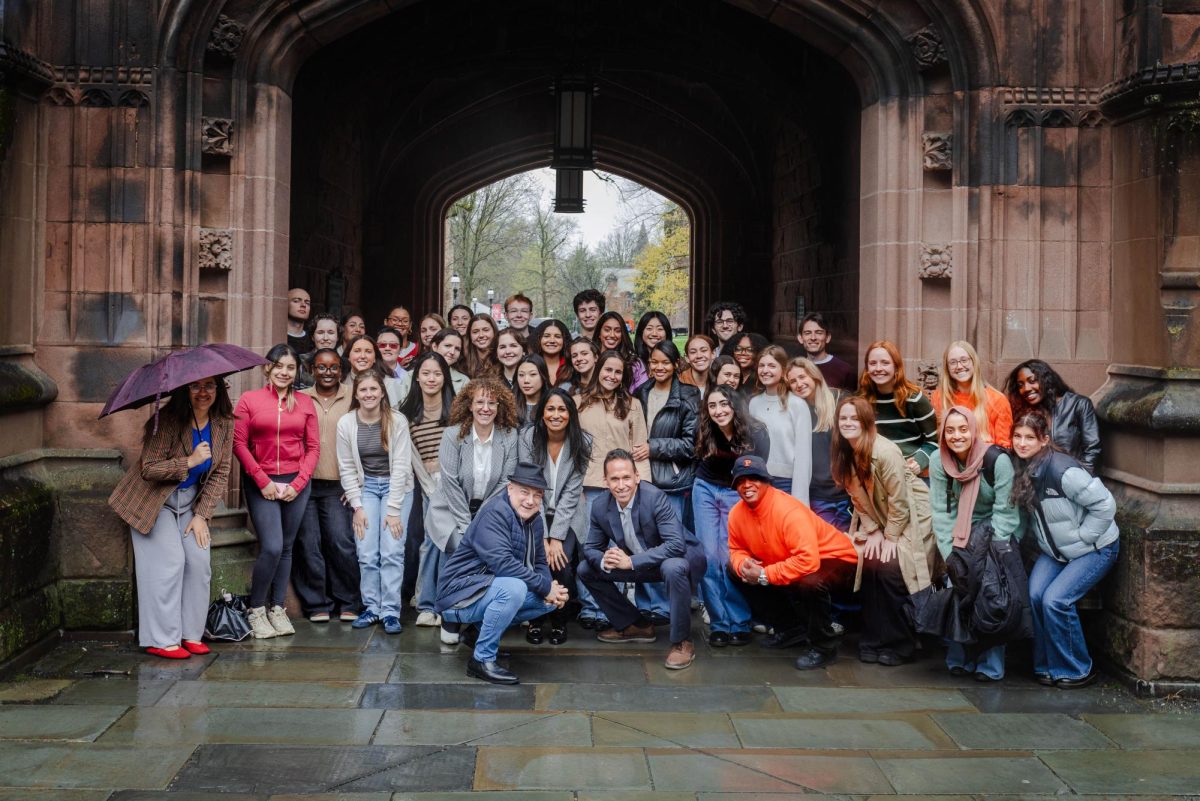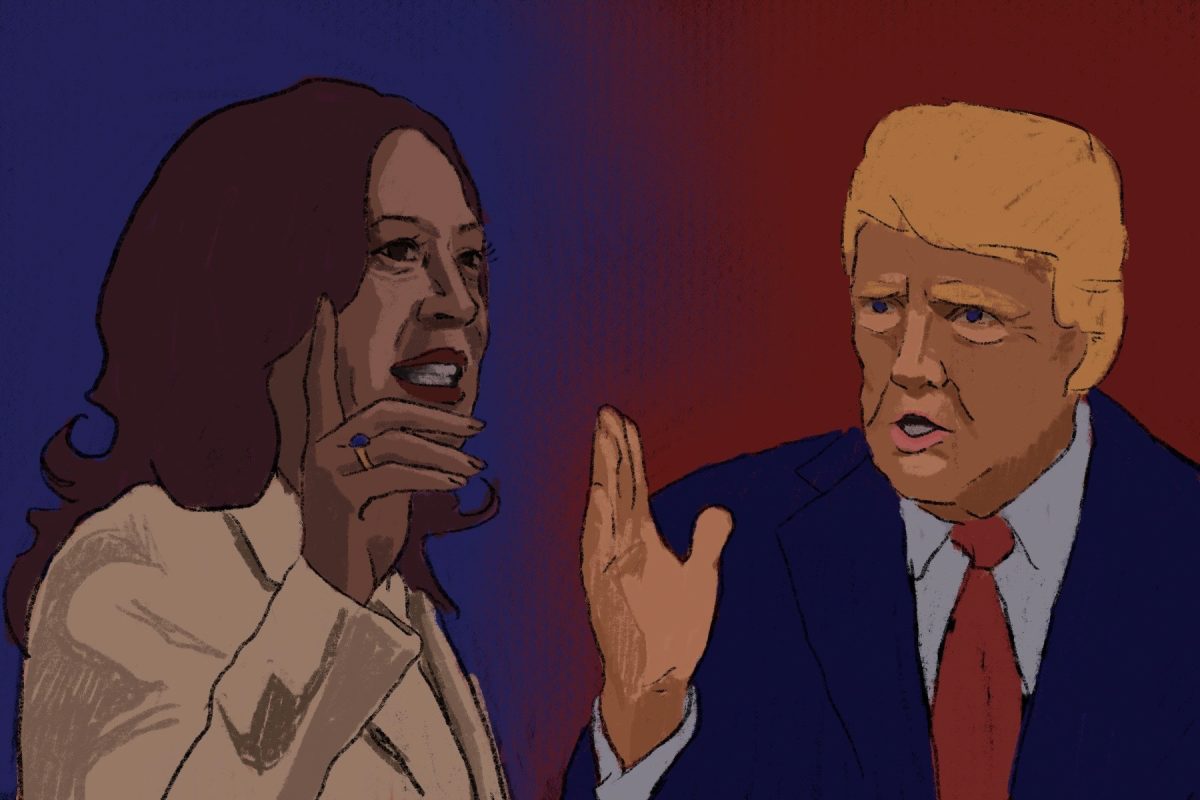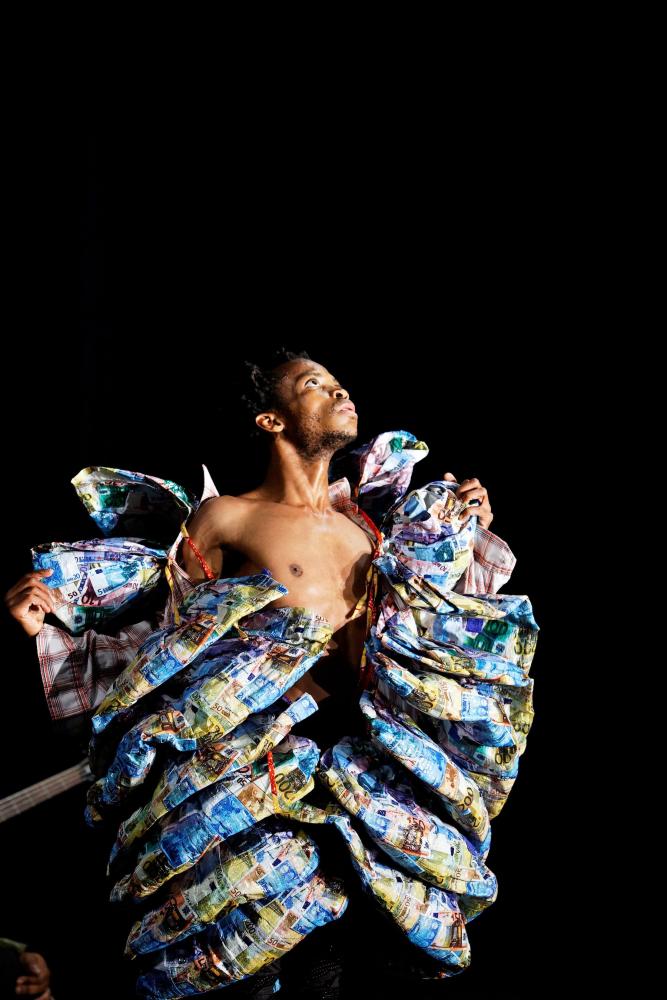‘In Search of Dinozord’ Tells The Story Of Dreams
Courtesy of courtesy of the French Institute Alliance Française
“In Search of Dinozord”, by Faustin Linyekula, tells the story of harsh realities and fake hope during the political upheaval in Congo. The play was performed at NYU Skirball on Sept. 22 and 23.
September 29, 2017
Dreams are a unique aspect to the human experience. There is both beauty and tragedy in humanity’s desire to recognize those dreams, and it is this concept that Faustin Linyekula seeks to address in his performance piece, “In Search of Dinozord.” Performed at the Skirball Center on Sept. 22 and 23, the show navigates ideas of false hope and harsh realities through stories of personal loss and political upheaval in the Congo.
The show features a combination of typewriter sounds, chants, techno music, opera and spoken word. Included in the show were segments of Mozart’s “Requiem,” though they were harder to discern. The sounds of the show were disjointed and sharp, and the movements throughout the show were similarly so. They also featured a combination of rapid shaking and quick steps.
For a while, the performers continued in this fashion, moving somewhat aimlessly around the stage. This structure was confusing and disorienting, as it was hard to see the deeper meaning behind what the artists were doing. It was not until Linyekula began talking about his friends Kabako and Vumi, that the piece really took off.
Kabako, an old friend of Linyekula, died of plague in the Congo and was buried not with his family, but in a neighbor’s yard. Linyekula explained that “In Search of Dinozord” is a memorial to his lost friend. Kabako was a dreamer and a poet who believed that his writing could change African literature for the better. Unfortunately, he died before realizing that dream.
One of the main props in the performance was a red box full of Kabuko’s letters and poems. The dancers carried around this box like a coffin, throwing its contents onto the floor in a symbolic gesture, highlighting all the things left behind by unfulfilled dreams. The continual use of Kabuko’s belongings was poignant and emotional, traits that served the show well.
“In Search of Dinozord” also included a brief history lesson. The cast hails from the Democratic Republic of Congo, and as such the story was set there. The D.R.C. was led by the unpopular Mobutu Sese Seko for many years until he was overthrown by rebels led by Laurent-Desire Kabila. Kabila was later assassinated and succeeded by his son.
One of Linyekula’s close friends, Vumi, was a revolutionary who believed in Kabila’s mission, and held idealistic hopes for the future of the D.C.R.. He was appointed to a government position following the takeover, but was later arrested after the political assassination. Vumi was not part of the show due to visa issues, but he told his story over FaceTime, he relived his years in prison and delivered a heartbreaking story about the death of his political beliefs. Through a picture slideshow, Vumi recalled his horrible conditions and the stories of his fellow prisoners, who were brutally murdered and forgotten by history.
Both Kabako and Vumi were dreamers, who believed they could make a difference. However, their dreams were never realized. Through dance and movement, Linyekula deftly shows these traumatic experiences, but also highlights the importance of dreaming and of having a story to tell.
Email Lily Dolin at [email protected].










































































